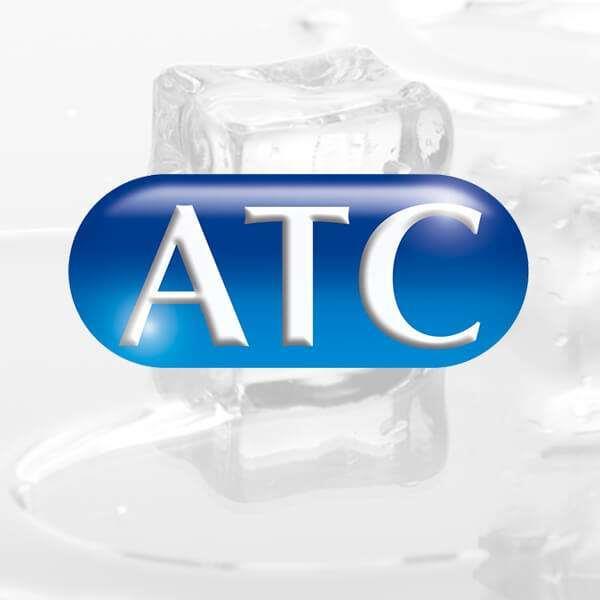
Seismic mounts are often used with process cooling equipment
to protect the equipment from damage during earthquakes or other seismic
activity. Process cooling equipment can be very large and heavy and contains
sensitive components that can be damaged if they are shaken too vigorously.
Seismic mounts are designed to absorb the vibrations and
shockwaves that occur during seismic events. They typically consist of a series
of springs or rubber pads that are placed between the equipment and the
foundation or support structure. When the ground shakes, the seismic mounts
compress and expand, which helps to isolate the equipment from the movement of
the ground.
There are several benefits of using seismic mounts,
including:
Equipment Protection
- Seismic
mounts can help to protect equipment from damage during seismic events or other
sources of vibration. This can help to prevent costly downtime and repairs, as
well as ensure that critical equipment continues to operate as intended.
Safety
- Seismic
mounts can help to improve safety by reducing the risk of equipment failure or
collapse during seismic activity. This can help to protect personnel and the
surrounding environment from harm.
Cost Savings
- By
protecting equipment from damage, seismic mounts can help to reduce the cost of
repairs and replacements. They can also help to prevent downtime, which can be
costly in terms of lost production or other operational disruptions.
Regulatory Compliance
- Many
industries are subject to regulations related to seismic safety, and the use of
seismic mounts can help to ensure compliance with these regulations.
Long-term Reliability
- Seismic
mounts are designed to withstand the rigors of seismic activity and other
sources of vibration over the long term. By providing a stable base for
equipment, they can help to extend the lifespan of critical assets.
Overall, the use of seismic mounts can provide a range of
benefits for industries and applications where seismic activity or other
sources of vibration are a concern. By protecting equipment, improving safety,
reducing costs, and ensuring compliance, seismic mounts are an important tool
for many businesses and organisations.
While seismic mounts provide a number of benefits, there are
also some potential drawbacks to consider:
Cost
- Seismic
mounts can be expensive to install, especially for larger equipment or
structures. The cost of seismic mounts may need to be factored into the overall
project budget.
Maintenance:
- Seismic
mounts require regular maintenance to ensure that they continue to function
properly. This can include inspections, cleaning, and replacement of worn or
damaged components. Failure to maintain seismic mounts can compromise their
effectiveness and lead to equipment damage or failure during seismic events.
Installation Challenges
- Seismic
mounts can be challenging to install, especially in retrofit applications where
existing equipment or structures may need to be modified to accommodate the
mounts.
Limited Effectiveness
- While
seismic mounts can provide significant protection for equipment, they may not
be able to fully protect against all types of seismic activity or other sources
of vibration. In some extreme cases, equipment may still sustain damage despite
the use of seismic mounts.
Protecting your equipment against seismic activity is an
important part of the SEMI S2 Standard. Established by the Semiconductor Equipment
and Materials International (SEMI), this standard provides guidelines for the
design, manufacturing, and use of semiconductor equipment with an emphasis on
safety considerations, including those related to seismic activities. For
organisations in the semiconductor industry and related sectors, an
understanding of this standard not only signifies a commitment to safety but
also aligns with industry benchmarks for equipment reliability and integrity
during seismic events.
Overall, while seismic mounts provide an important tool for
protecting equipment and ensuring safety, they also require careful
consideration and planning to ensure that they are installed and maintained
properly and that their benefits outweigh any potential drawbacks.